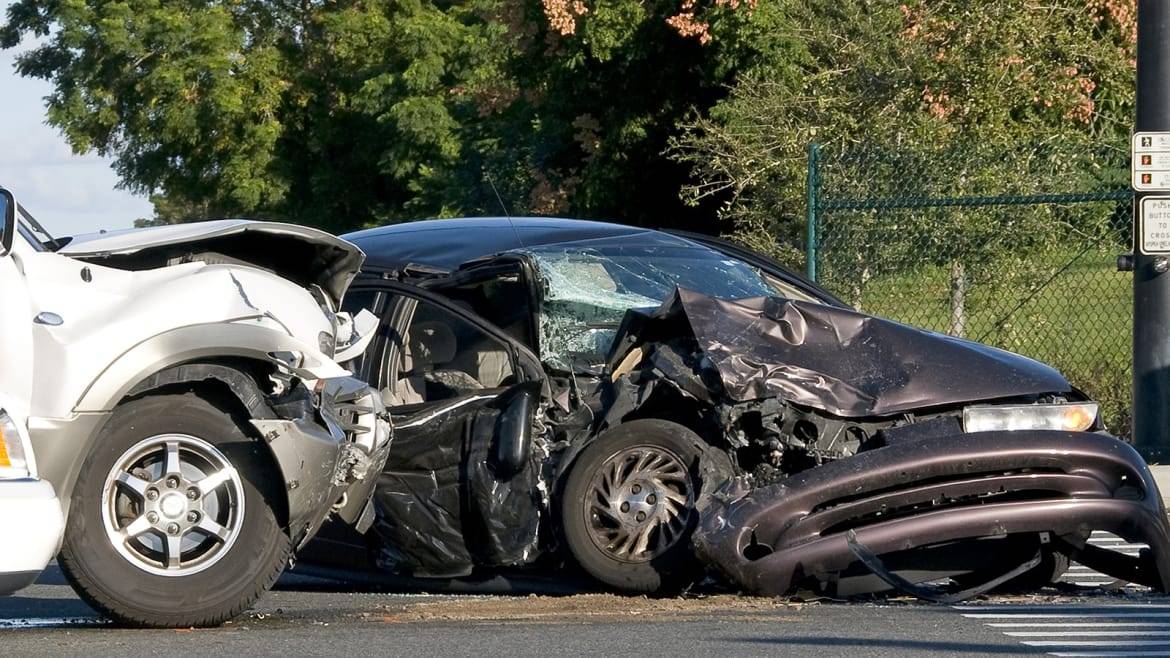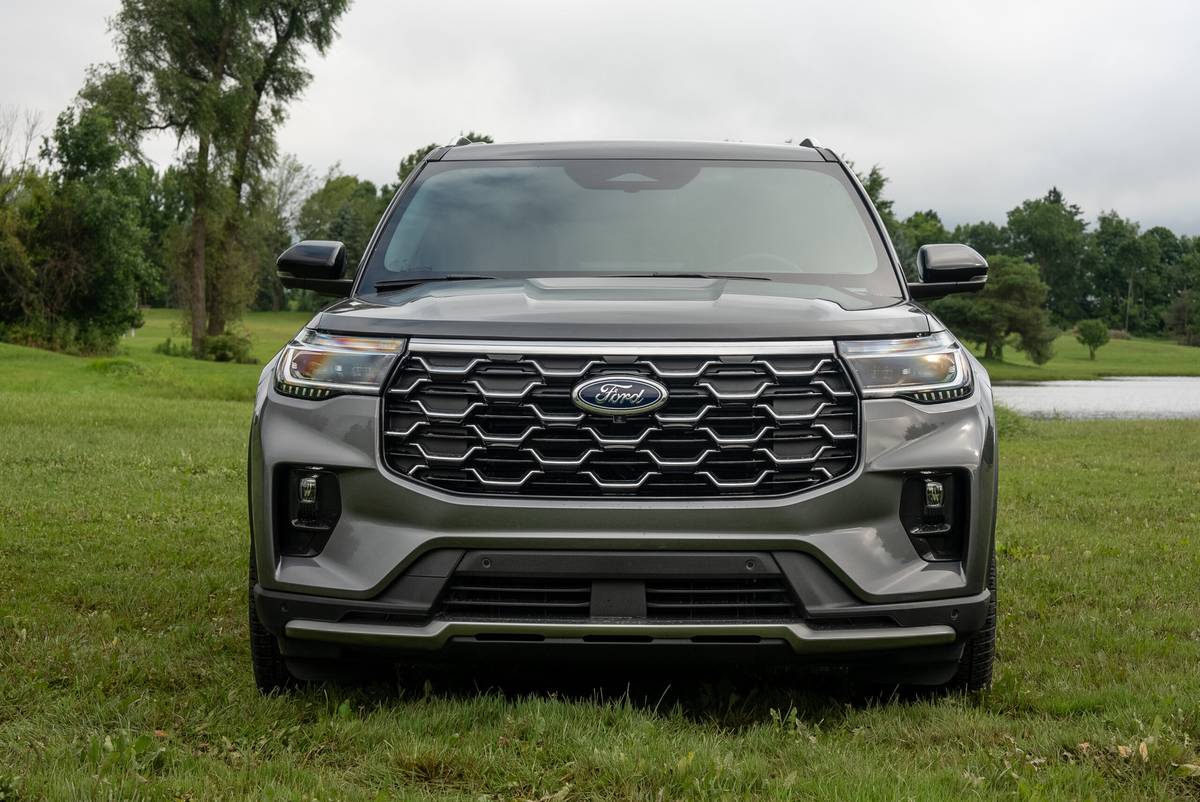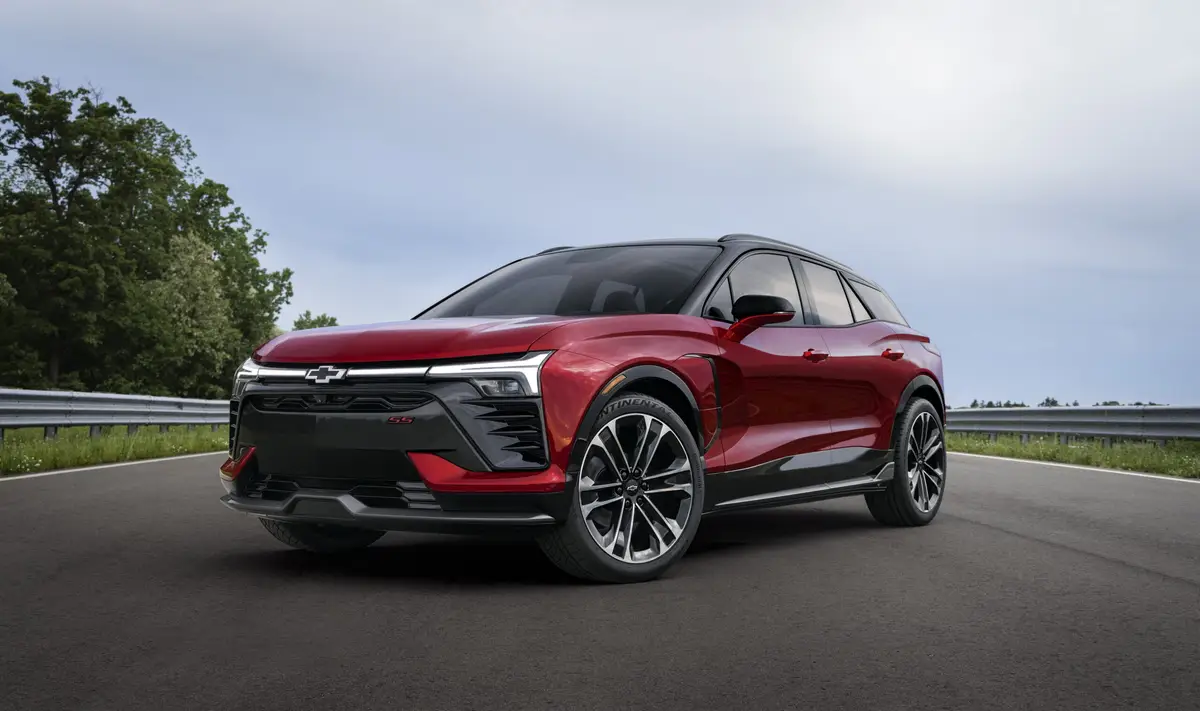Older Cars Are More Likely to Kill You, Federal Safety Regulators Warn


“They don’t make ’em like they used to” is a common refrain about cars, but it turns out “they” actually make ’em better — and safer — now. According to data from the National Highway Traffic Safety Administration, new vehicles are the safest on U.S. roads.
Related: Your Old-Ass Car Is Way More Likely to Break Down on You
NHTSA used the most recent data from the government’s Fatality Analysis Reporting System and determined that a greater proportion of deaths among occupants in fatal crashes occurred in older model-year vehicles compared with newer model-year vehicles. In the study, an occupant’s injury severity also increases the older a vehicle gets.
Looking at data from 2012 to 2016, the most recent FARS data available, NHTSA grouped the age of vehicles involved in a fatal accident into the following categories: zero-3 years, 4-7, 8-11, 12-14, 15-17 and 18-plus years. In looking at all the vehicle age groups, the study consistently found that the percentage of occupants fatally injured increased as the vehicle age increased. For example, the zero-to-3-year-old vehicle age group had a 27 percent fatality rate, whereas the 18-plus vehicle age group had a 50 percent fatality rate.
Here’s how the proportion of occupants killed in a crash breaks down by model year, according to the study:
- 1984 and older, 55 percent
- 1985-92, 53 percent
- 1993-97, 46 percent
- 1998-2002, 42 percent
- 2003-07, 36 percent
- 2008-12, 31 percent
- 2013-17, 26 percent
The agency cites continued gains in vehicle safety systems — including the government mandate of some of them — as one of the reasons for the study’s results.
The improved quality of cars is a bit of a double-edged sword when it comes to the age issue. As cars get better on multiple fronts, such as safety technology and crashworthiness, they also become more reliable and longer lasting, leading to Americans driving cars until they’re much older and pushing the average age of a car in the U.S. up to 11.6 years at last count. Despite these gains in car quality, the older a car gets, the less reliable and less safe it becomes, according to recent studies by both AAA and NHTSA.
“We encourage car buyers to select vehicles that meet their individual lifestyle, budget and transportation needs with the added assurance that they are making an investment in safety,” NHTSA Deputy Administrator Heidi King said in a statement.
To help consumers make sense of the myriad vehicle safety and driver assistance systems available on modern cars, NHTSA has released a shopping guide. Visit www.nhtsa.gov for more information.
Cars.com’s Editorial department is your source for automotive news and reviews. In line To make these with Cars.com’s long-standing ethics policy, editors and reviewers don’t accept gifts or free trips from automakers. The Editorial department is independent of Cars.com’s advertising, sales and sponsored content departments.

News Editor Jennifer Geiger joined the automotive industry in 2003, much to the delight of her Corvette-obsessed dad. Jennifer is an expert reviewer, certified car-seat technician and mom of three. She wears a lot of hats — many of them while driving a minivan.
Featured stories



